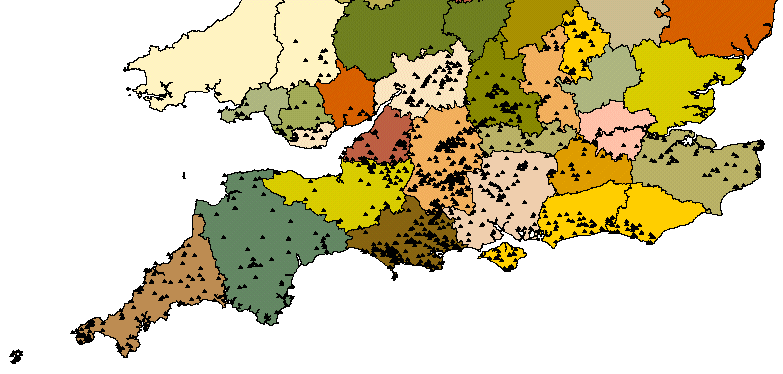
Figure 10.0-1: Distribution of sites in study area for all periods. Select an area to retrieve sites from gazetteer.
The sites are in numerical order, and are indexed by number, site name, county or period within the total timespan. Each description contains a name, NGR, county, references, and a note on relevant deposition and site data for the periods that the site was in use.

Figure 10.0-1: Distribution of sites in study area for all periods. Select an area to retrieve sites from gazetteer.
The South West contains the south-eastern counties of Wales, Gloucestershire, Somerset, Devon, Cornwall and Scilly, the South contains Wiltshire, Dorset, Hampshire and the Isle of Wight, and the South East contains Oxfordshire, Buckinghamshire, Bedfordshire, Berkshire, Surrey, Sussex, Middlesex and Kent).
Sites 1-1699 were included in the counts used in the Tables. The others were added later in the research, and were included in counts for new statistical tables produced for Section 9, but their addition does not materially affect the earlier results.
There are several caveats to be made about the set of Site Records which comprise the Gazetteer. First the Gazetteer is a subjective selection. Many sites have been rejected as of insufficient quality on grounds of the insecurity of dating, or because the manner of discovery, retrieval and recording of the evidence did not inspire confidence. Some sites have been selected which have a small amount of evidence recorded, but there appears no reason to reject them on grounds of quality for all their paucity. These are often very simple deposits of human remains: for all that, they may be important as simple examples per se. This is a very subjective process, and one exposed to risk, especially when there is pressure to include sites for an area or a period not as well endowed as others when the evidence is not of as high quality. On other occasions a 19th century excavated site may have been included not because (for example) the excavation was particularly scientific, but because the report generated a feeling that the work had been faithfully and discriminatingly observed by (usually) the antiquarian concerned.
Secondly, the Gazetteer represents a minority proportion of sites known in one area of the UK, and there is an unknowable quantity of undiscovered evidence. Thirdly, the literature search was extensive but still bounded (and 1996 publications tend to be the latest used). There may be evidence for an area which has been missed. For example, museum archives and private collections have not been searched. A list of periodicals and other similar sources consulted appears in the Journals Used dataset and the Bibliography.
Finally the site summaries are open to selectivity in the course of the distillation of the full reports. In the case of a few (possibly important) sites, the original reports are not organised in a way that makes material readily available, and have required considerable unravelling to produce data.
The list of codes used in the analysis is available separately. N.B. apostrophes are 'protected' in the text file with a trailing \ (e.g. Bant\'s Carn, St Mary\'s) and quotations from reports are marked +thus+.
© Internet Archaeology/Author(s)
University of York legal statements | Terms and Conditions
| File last updated: Wed Nov 7 2001